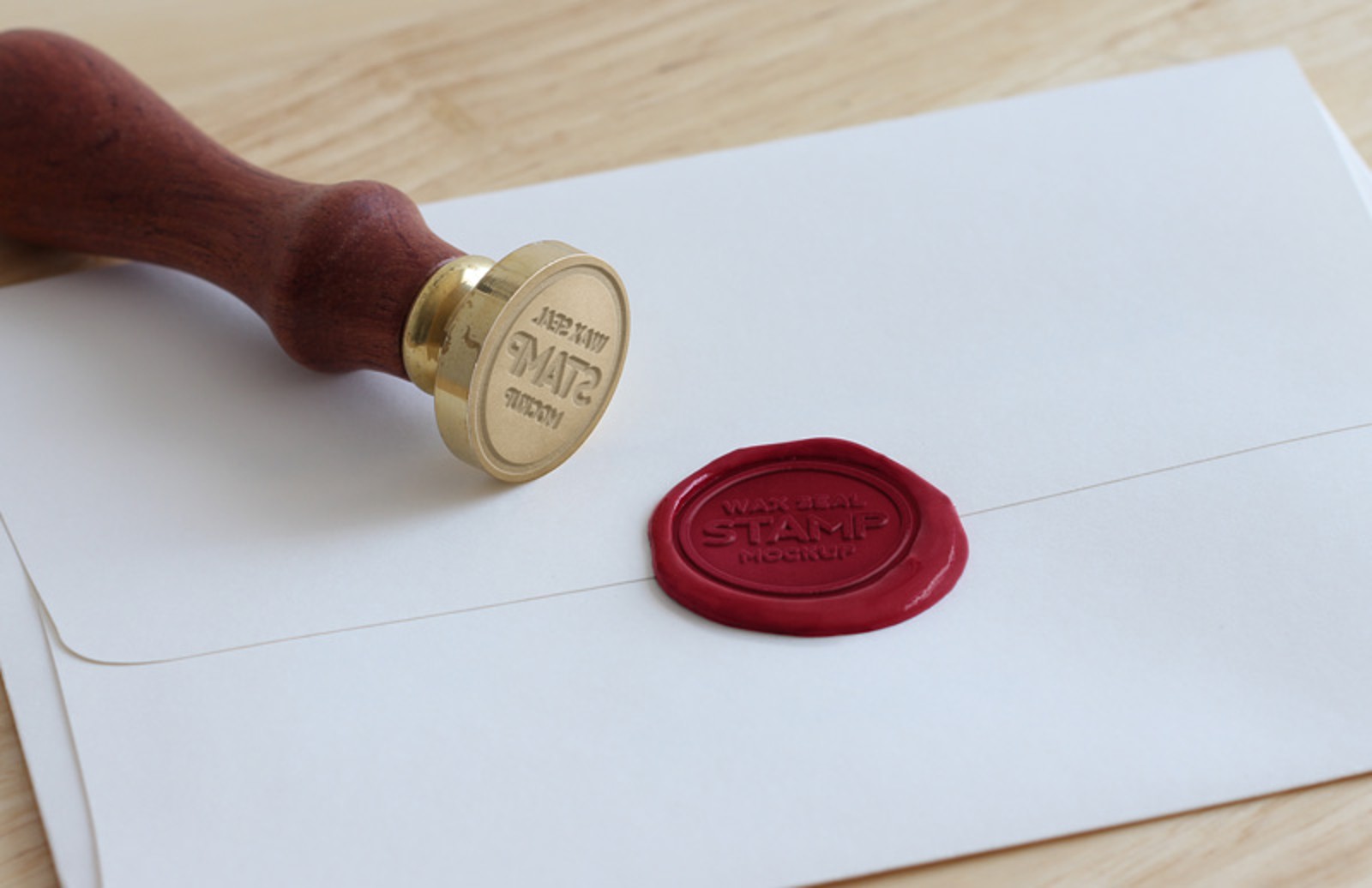T440s Have Some Wonderful Cooling
It’s safe to say that I’ve seen my fair share of T440 ThinkPads in my time, and there’s one common element on all of them that just downright bugs me.
If you ever take the back off one (and not snap it off somehow), and decide to unscrew the heatsink, you’ll see two dies: a larger one on the right (CPU) and a smaller one on the left (GPU). Those little shiny blocks are the heart of that machine… and they’re so tiny too!
Now if you look closer, you’ll see that the GPU die is bare. Oops.
Continue reading
